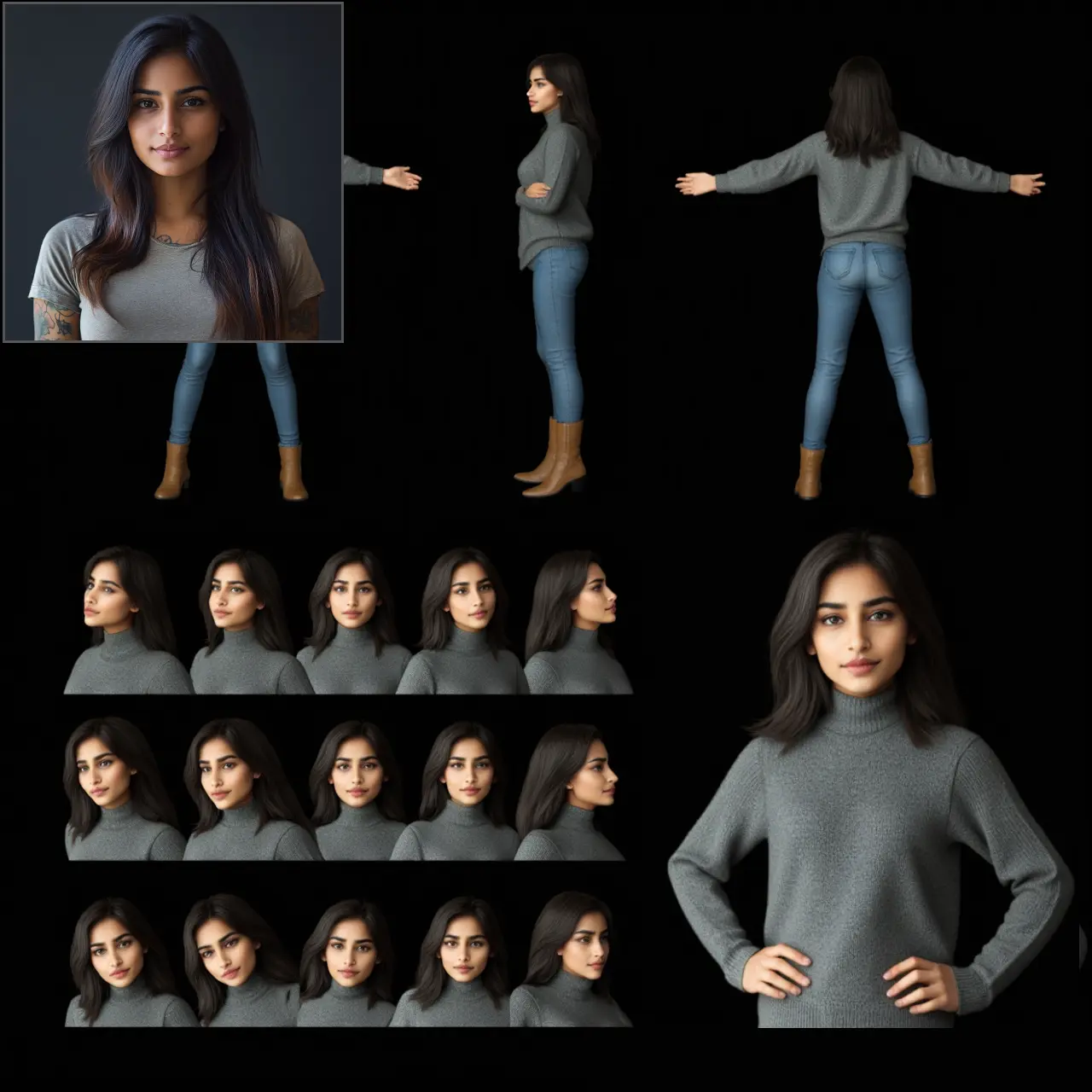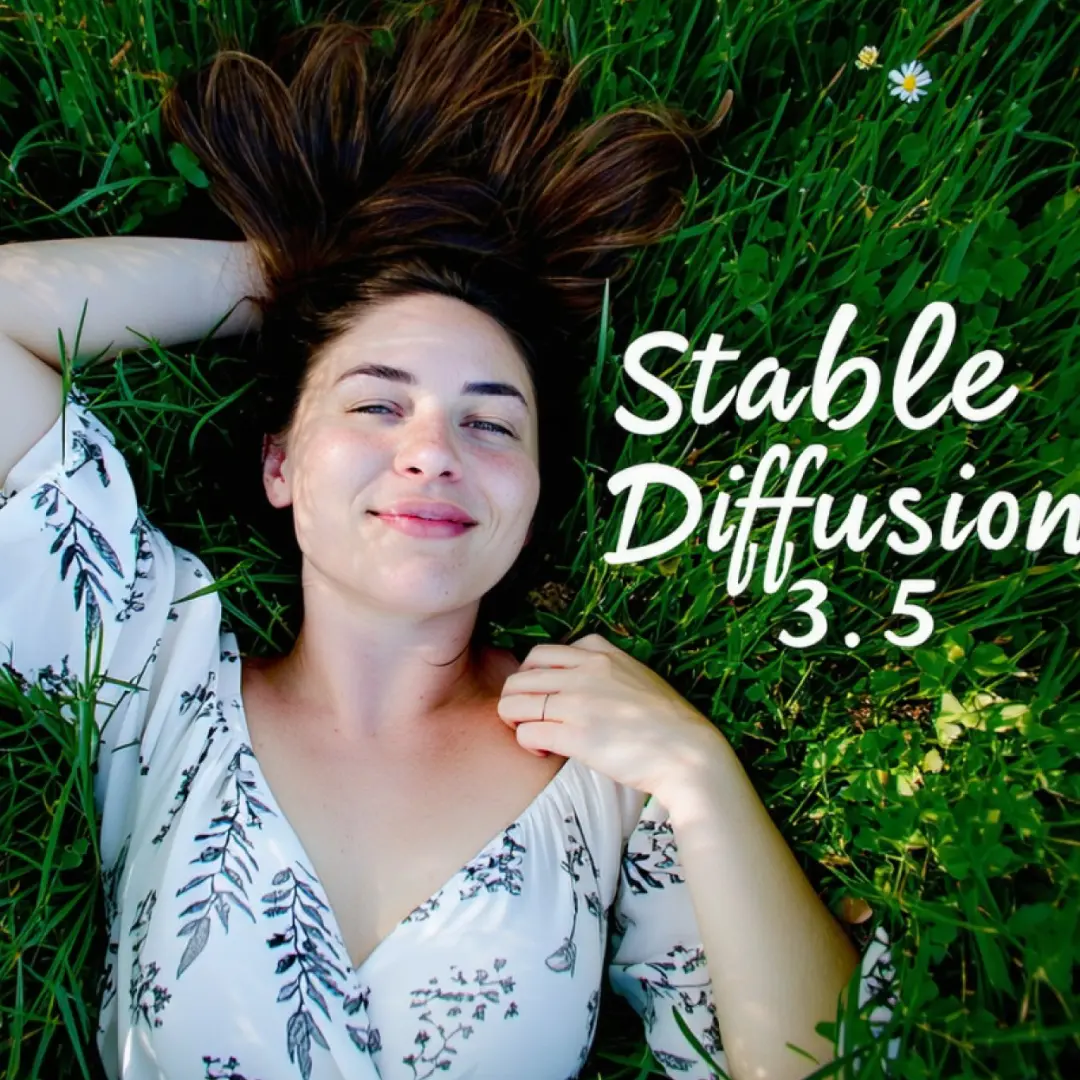ComfyUI Extension: ComfyUI
ComfyUI
ComfyAnonymous (Account age: 872 days) Nodes
View all nodes(321) Latest Updated
2025-05-13 Github Stars
76.71K
How to Install ComfyUI
Install this extension via the ComfyUI Manager by searching for ComfyUI- 1. Click the Manager button in the main menu
- 2. Select Custom Nodes Manager button
- 3. Enter ComfyUI in the search bar
Visit ComfyUI Online for ready-to-use ComfyUI environment
- Free trial available
- 16GB VRAM to 80GB VRAM GPU machines
- 400+ preloaded models/nodes
- Freedom to upload custom models/nodes
- 200+ ready-to-run workflows
- 100% private workspace with up to 200GB storage
- Dedicated Support
ComfyUI Description
ComfyUI is a robust and modular diffusion model GUI, API, and backend featuring a graph/nodes interface, designed for enhanced functionality and flexibility in model management.
ComfyUI Introduction
ComfyUI is a powerful and modular graphical user interface (GUI) and backend designed for creating and executing advanced Stable Diffusion pipelines. It uses a graph/nodes/flowchart-based interface, making it accessible for users who may not have a strong technical background. This app allows AI artists to experiment with and create complex workflows without needing to write any code. Whether you are working on image generation, video diffusion, or audio processing, ComfyUI provides a versatile platform to streamline your creative process.
For examples of what ComfyUI can do, you can check out the ComfyUI Examples.
How ComfyUI Works
ComfyUI operates on a node-based system, where each node represents a specific function or operation in the Stable Diffusion pipeline. Think of it like a flowchart where each step is a node, and the connections between nodes represent the flow of data. This visual approach makes it easier to understand and manipulate complex workflows.
Basic Principles:
- Nodes: Each node performs a specific task, such as image generation, upscaling, or inpainting.
- Connections: Nodes are connected to each other to form a workflow. Data flows from one node to the next, allowing for complex operations to be broken down into simpler steps.
- Execution: When you run the workflow, ComfyUI processes each node in sequence, executing only the parts of the workflow that have changed since the last run. This makes the system efficient and fast.
Example:
Imagine you want to create a high-resolution image from a text prompt. You would:
- Add a text input node for your prompt.
- Connect it to a Stable Diffusion node to generate the initial image.
- Add an upscaling node to enhance the image resolution.
- Connect all nodes to form a complete workflow.
ComfyUI Features
ComfyUI is packed with features that make it a versatile tool for AI artists:
- Graph/Nodes Interface: Design complex workflows visually without coding.
- Support for Multiple Models: Fully supports SD1.x, SD2.x, SDXL, and more.
- Asynchronous Queue System: Manage multiple tasks efficiently.
- Optimizations: Only re-executes parts of the workflow that have changed, saving time and resources.
- Smart Memory Management: Can run on GPUs with as low as 1GB VRAM.
- CPU Support: Can run on CPUs if no GPU is available (though slower).
- Model Compatibility: Load various model formats including ckpt, safetensors, and diffusers.
- Embeddings/Textual Inversion: Enhance text prompts with custom embeddings.
- Loras and Hypernetworks: Support for advanced model customization.
- Workflow Management: Save and load workflows as JSON files.
- Inpainting and ControlNet: Advanced image editing capabilities.
- Upscale Models: Improve image quality with models like ESRGAN and SwinIR.
- Offline Operation: Works fully offline, ensuring privacy and security. For a full list of features and examples, visit the Examples page.
ComfyUI Models
ComfyUI supports a variety of models, each suited for different tasks:
- Stable Diffusion Models (SD1.x, SD2.x, SDXL): For general image generation.
- Stable Video Diffusion: For creating videos.
- Stable Cascade: For multi-stage image generation.
- Stable Audio: For audio processing.
- TAESD: For high-quality previews and fast image decoding.
- ControlNet and T2I-Adapter: For advanced control over image generation.
- Upscale Models (ESRGAN, SwinIR, etc.): For enhancing image resolution.
- unCLIP Models: For generating images from text descriptions.
- GLIGEN: For generating images with guided language instructions.
- Model Merging: Combine different models for unique results. Each model can be customized and used in different parts of your workflow to achieve the desired output.
Troubleshooting ComfyUI
Here are some common issues and their solutions:
Common Issues:
- Graph Execution Errors: Ensure all nodes are correctly connected and have the necessary inputs.
- Memory Issues: If running out of memory, try reducing the resolution or using a GPU with more VRAM.
- Slow Performance: Running on CPU can be slow; using a GPU is recommended for better performance.
Frequently Asked Questions:
- How do I load a model?
Place your model files in the
ComfyUI/models/checkpointsdirectory and load them through the interface. - How do I save a workflow?
Use the shortcut
Ctrl + Sto save your current workflow as a JSON file. - How do I enable high-quality previews? Follow the instructions under "How to show high-quality previews".
Learn More about ComfyUI
For additional resources, tutorials, and community support, check out the following:
- ComfyUI Examples
- ComfyUI Discussions
- Matrix Space: #comfyui_space:matrix.org (https://app.element.io/#/room/%23comfyui_space%3Amatrix.org) These resources provide valuable information and support to help you get the most out of ComfyUI.
ComfyUI Related Nodes
RunComfy is the premier ComfyUI platform, offering ComfyUI online environment and services, along with ComfyUI workflows featuring stunning visuals. RunComfy also provides AI Playground, enabling artists to harness the latest AI tools to create incredible art.




